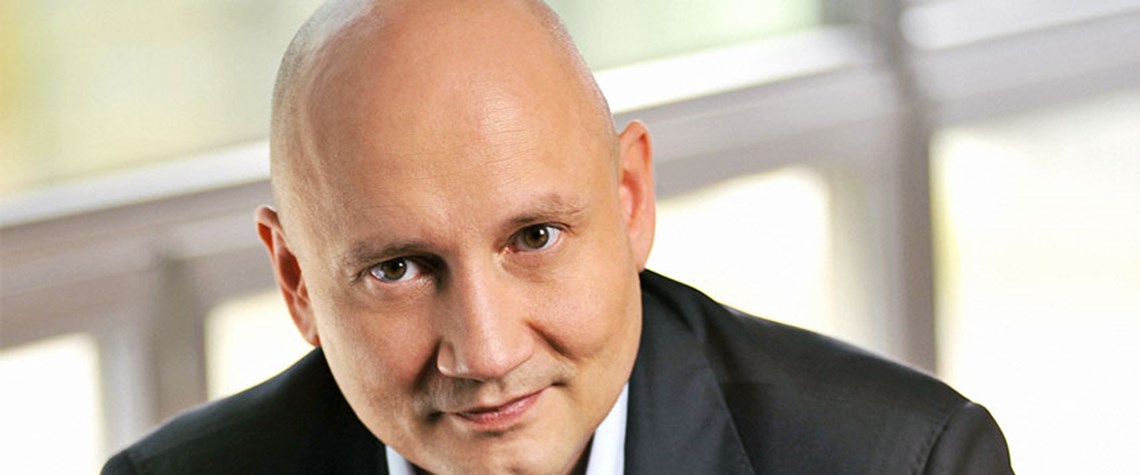Carbon capture to play key role in Mol strategy
The Hungarian oil and gas firm aims to build a business on the back of not only its own carbon emissions, but also those of third parties
Mol’s late February update of its long-term strategy towards moving “profitably towards net zero” foresees the firm becoming a “key player in the low-carbon circular economy in Central and Eastern Europe”. And part of the vision is the firm leveraging its existing carbon capture, utilisation and storage (CCUS) expertise in the region, upstream chief Berislav Gaso tells Transition Economist. His division has ambitions to reduce its scope 1 and 2 emissions—across not just its European assets that fall under the scope of the EU ETS, but also in the global portfolio—to zero by 2030. Gaso sees three key challenges: cutting flaring, decarbonising required power generation and minimising venting. “

Also in this section
21 July 2024
Awards experience 20% increase in nominations this year, with submissions from 27 countries
18 July 2024
Platform developed at Scottish university uses advanced simulations and machine learning to find most cost-effective and sustainable combinations of materials for use in carbon capture
18 July 2024
Stockholm Exergi agrees to one of world’s largest deployments of CO₂ liquefication technology to enable transport of emissions captured from biomass power plant
11 July 2024
Watkins will leverage her financial acumen and strategic insight to lead Gulf’s commercial initiatives across media, events, and market intelligence







